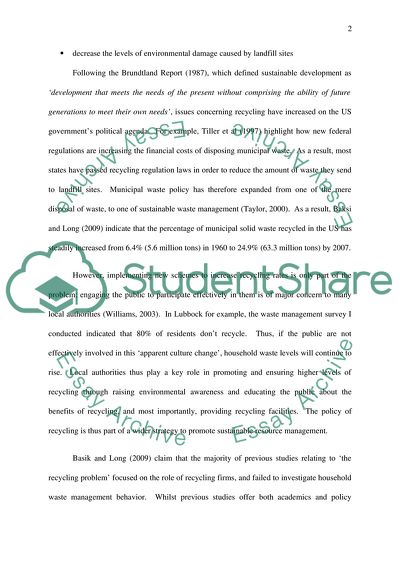Cite this document
(“People of Lubbock and Recycling Behavior Research Paper - 1”, n.d.)
Retrieved from https://studentshare.org/environmental-studies/1576937-people-of-lubbock-and-recycling-behavior
Retrieved from https://studentshare.org/environmental-studies/1576937-people-of-lubbock-and-recycling-behavior
(People of Lubbock and Recycling Behavior Research Paper - 1)
https://studentshare.org/environmental-studies/1576937-people-of-lubbock-and-recycling-behavior.
https://studentshare.org/environmental-studies/1576937-people-of-lubbock-and-recycling-behavior.
“People of Lubbock and Recycling Behavior Research Paper - 1”, n.d. https://studentshare.org/environmental-studies/1576937-people-of-lubbock-and-recycling-behavior.


